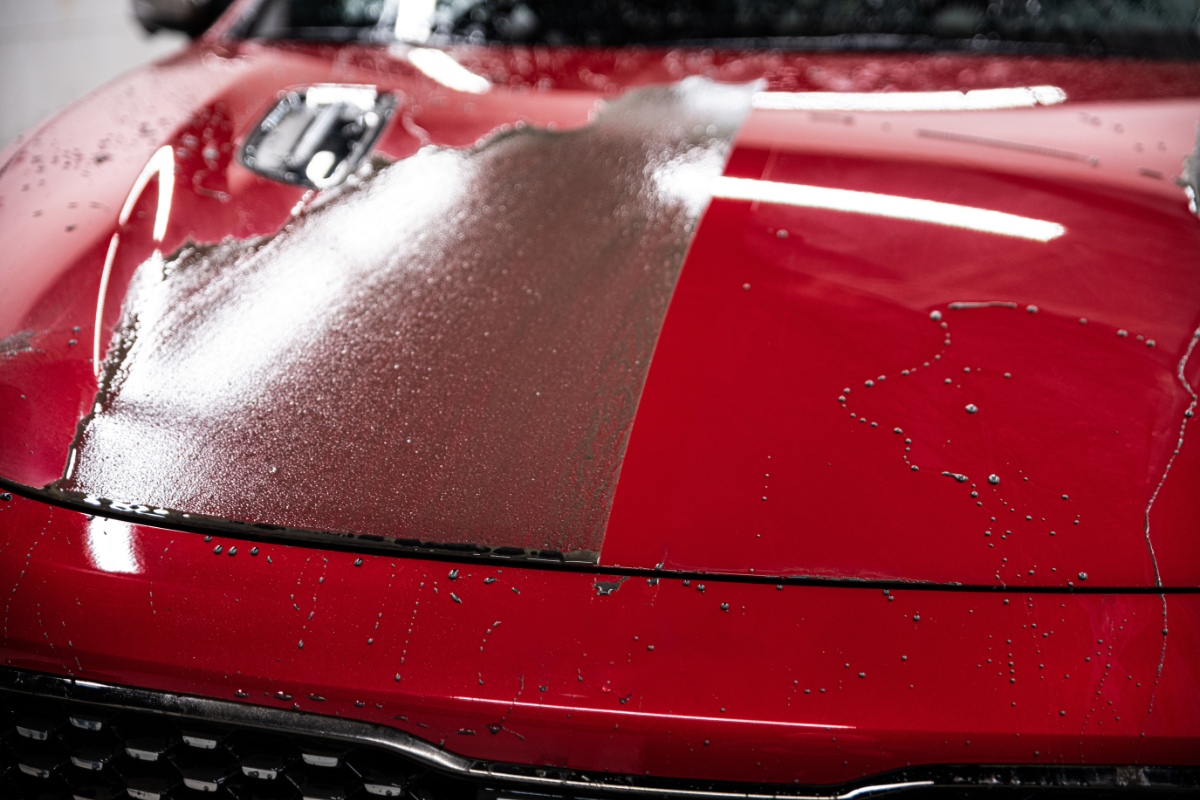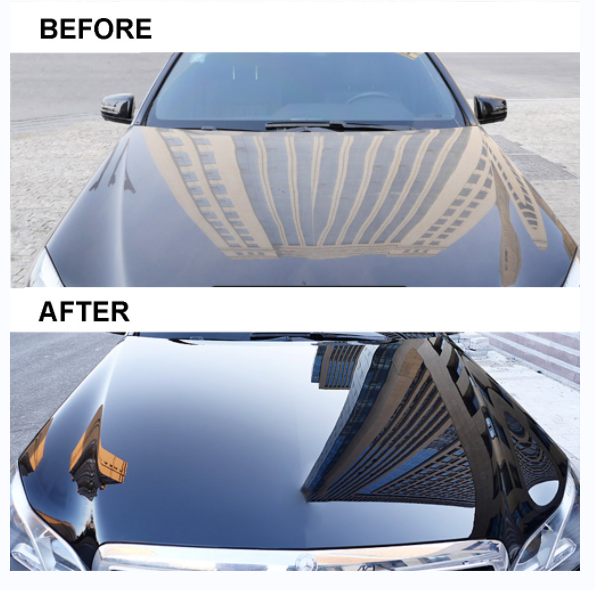Find top-quality paint protection film solutions for durable car care.
Wiki Article
A Comprehensive Overview to the Kinds of Ceramic Finish on the Market
Ceramic coverings have actually arised as a critical option across numerous markets due to their distinct properties and applications. From silica-based formulations understood for their robustness to crossbreed alternatives that combine numerous benefits, the options offered can be overwhelming. Recognizing the nuances of each kind, including their particular benefits and optimal use situations, is necessary for making informed choices. As we check out the distinct characteristics and applications of these layers, the ramifications for efficiency and longevity come to be significantly obvious, increasing inquiries regarding which type may ideal suit your needs.Understanding Ceramic Coatings
Ceramic finishings are innovative safety services that have gotten popularity in numerous markets, especially in automobile and aerospace applications. These finishings are composed of a liquid polymer that, when cured, creates a durable, hydrophobic layer on the surface area of the substratum. This layer offers improved resistance to environmental impurities, UV radiation, and chemical exposure, therefore extending the life and visual allure of the underlying product.The essential element of ceramic coatings is silica, which adds to their firmness and resilience. The application procedure commonly entails surface area prep work, application of the covering, and healing, which can be accomplished through warm or UV light. As soon as treated, ceramic finishings exhibit remarkable bonding homes, enabling them to stick strongly to a variety of surfaces, including steels, plastics, and glass.
Along with their protective attributes, ceramic finishes also provide ease of maintenance. Their hydrophobic nature decreases the adherence of dirt and crud, making cleaning easier and much less constant. In general, the adoption of ceramic coatings stands for a substantial development in surface protection technology, offering both functional and aesthetic benefits across multiple industries.
Kinds Of Ceramic Coatings
Various kinds of ceramic layers are available, each created to satisfy certain efficiency requirements and applications - Auto Detailing. The most usual types consist of:Silica-based Coatings: These finishes mostly include silicon dioxide and are understood for their longevity and chemical resistance. They are extensively made use of in vehicle and industrial applications.
Titanium Dioxide Coatings: Popular for their photocatalytic homes, titanium dioxide coatings are frequently used in atmospheres where self-cleaning and antifungal homes are preferable, such as in structure materials and automotive finishes.
Zirconia Coatings: Identified by their high-temperature security and thermal resistance, zirconia finishes are made use of in applications such as generator engines and high-performance automobile elements.
Alumina Coatings: Exhibiting exceptional hardness and thermal security, alumina coverings are regularly used in wear-resistant applications, consisting of reducing devices and industrial equipment. - Car Detailing
Crossbreed Coatings: Combining the residential properties of numerous materials, hybrid layers supply improved performance features, making them suitable for special and requiring applications.
Each kind of ceramic covering offers unique objectives, permitting individuals to choose the most ideal service based upon details environmental problems and efficiency needs.
Advantages of Ceramic Coatings
Coatings play an essential duty in improving the efficiency and durability of surface areas throughout various markets. Ceramic coverings, in specific, offer many benefits that make them increasingly popular among manufacturers and consumers alike. Among the main benefits is their exceptional sturdiness. These coverings are visit their website resistant to scratches, chemicals, and go to these guys UV rays, making sure that the underlying surface continues to be protected gradually.In addition to longevity, ceramic finishings supply exceptional hydrophobic buildings, enabling simple cleansing and maintenance. This water-repellent nature minimizes the adherence of dust, crud, and various other pollutants, which can prolong the aesthetic allure and functionality of the surface area. Additionally, ceramic finishings can dramatically improve thermal resistance, making them ideal for applications that sustain high temperature levels.

Application Process
When applying ceramic coverings, a thorough strategy is necessary to attain optimal outcomes. A tidy surface area guarantees correct adhesion of the layer.When the surface is prepped, the next action is to use the ceramic layer. The covering needs to be used in slim layers, as thicker applications can lead to unequal surfaces.
After application, the finishing calls for a details treating time, normally ranging from a couple of hours to a complete day, depending on the item. Complying with these actions carefully will make the most of the performance top article and durability of the ceramic finish, offering a sturdy safety layer for the surface.
Upkeep and Durability
To make sure the longevity and performance of a ceramic coating, routine maintenance is important. Ceramic finishings, known for their longevity and protective high qualities, require particular care regimens to optimize their lifespan and efficiency. The initial step in maintenance entails regular washing with pH-neutral soap, avoiding extreme chemicals that can deteriorate the covering. It is suggested to clean the car on a regular basis, preferably every 2 weeks, to stop the accumulation of impurities that might compromise the coating's stability.In addition to normal cleaning, periodic inspections are essential. Search for signs of wear or damages, such as hydrophobic homes reducing or surface blemishes. If needed, a light gloss might be put on renew the layer without removing it away.
In addition, the application of a booster spray can boost the finishing's hydrophobic effects and restore its gloss. This is especially useful for coverings that have been in usage for an extensive duration. Inevitably, by sticking to these maintenance methods, one can substantially prolong the life of a ceramic covering, making sure that it proceeds to supply optimum defense versus ecological elements and maintain the aesthetic appeal of the vehicle.
Final thought

Report this wiki page